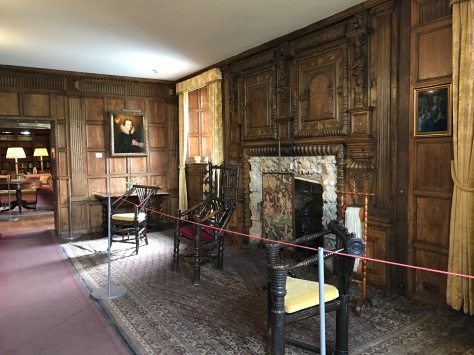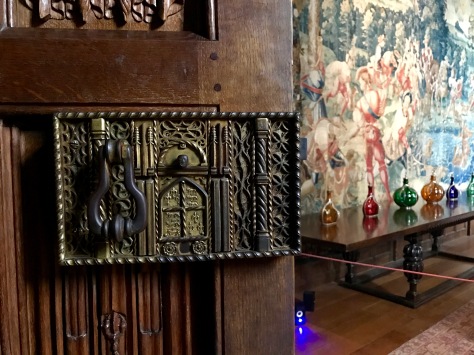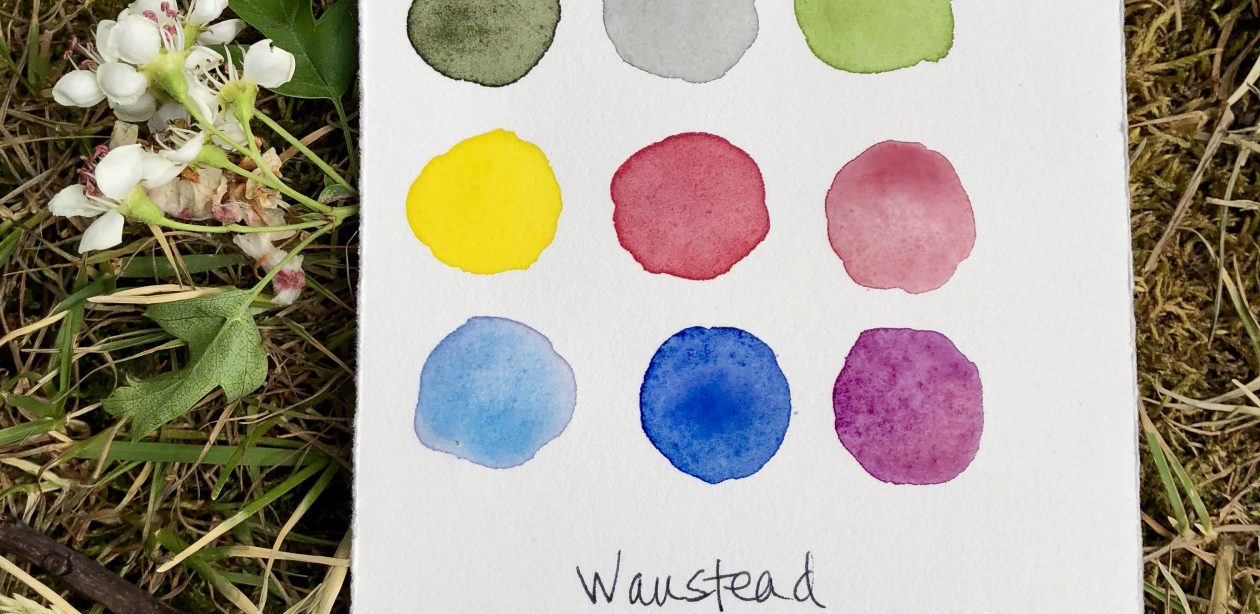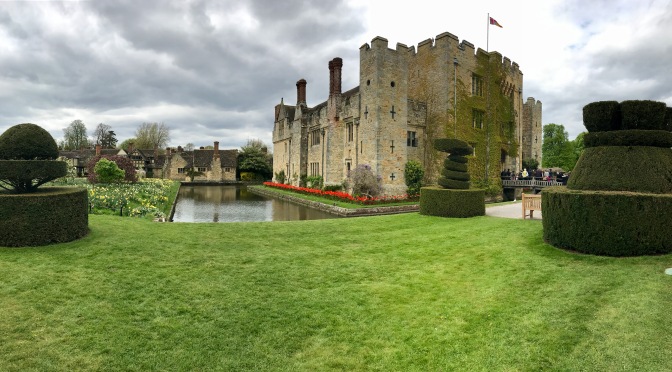On this day in 1539, Mary Boleyn Carey Stafford becomes the last remaining member of her immediate family when her father, Thomas Boleyn, dies. It’s hard to believe she shed many tears for him, given his treatment of her throughout her life. However, there is some justice in that she inherited her family’s estates of Hever, Henden, Southtboram, and Rochford a year later and ended her life with some financial means and stability.
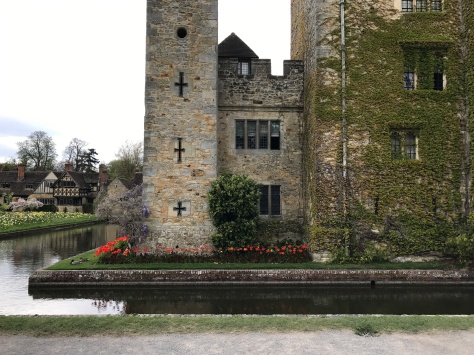
What I find particularly heartbreaking is that after Mary’s first husband, William Carey, dies in 1528 of sweating sickness and she’s left without any income and two young children, her father is forced by Henry VIII to take Mary into the family’s home at Hever, following persuasion by Mary’s sister Anne. Given Henry’s previous relationship with Mary I hope he didn’t need too much prodding but helped due to his past affection for her. Regardless, it’s thought she lived at Hever for the next five years.
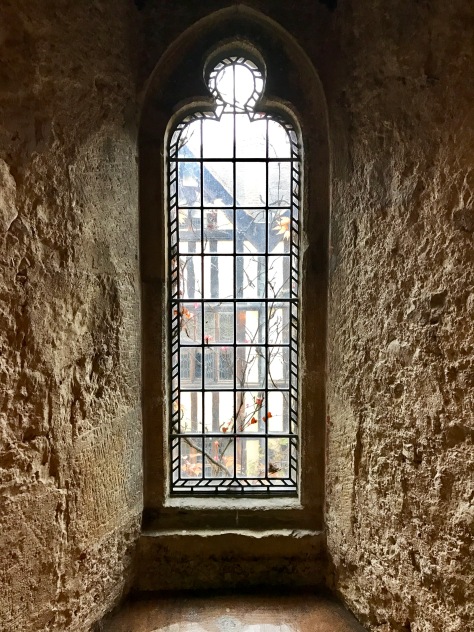
After being a widow for nearly six years, she marries her second husband, William Stafford, in 1534 without getting permission from the king and queen, which infuriated them. It’s unclear where she and Stafford lived for the next five years. Some sources point to Calais and others to the Boleyn family estate of Rochford Hall. It’s known that Mary and William are in Calais in 1539 because in December they escort Anne of Cleves from there to Dover for her marriage to Henry VIII.
Now back in England, Mary and Stafford don’t officially inherit her family’s estates until April 1540 with sources pointing to them inheriting Hever, Henden, Southtboram and Rochford Hall. Many believe Mary and William chose to live at Rochford Hall until she dies a few years later.
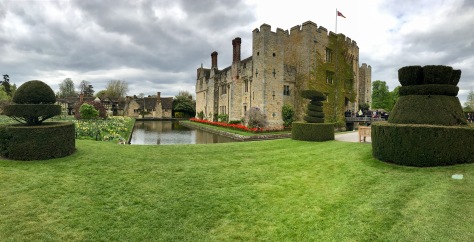
They owned Hever for only a few months before selling it, perhaps back to the crown, since it was given to Anne of Cleves in July of that year as part of her divorce settlement from Henry VIII. Given what was likely a sad time in her life, Mary may not have wanted to live at Hever again and remember a time when she was recently widowed, unwelcomed by her family, and restrained by her lack of financial means. One can only hope that she enjoyed the last few years of her life at Rochford Hall.
I’m looking forward to visiting Rochford, now a golf club, and Henden, which was a dairy farm until very recently, when I visit England again. And of course, I’ll have to revisit Hever now that I have this different perspective on that landscape and its place in Mary’s life.
